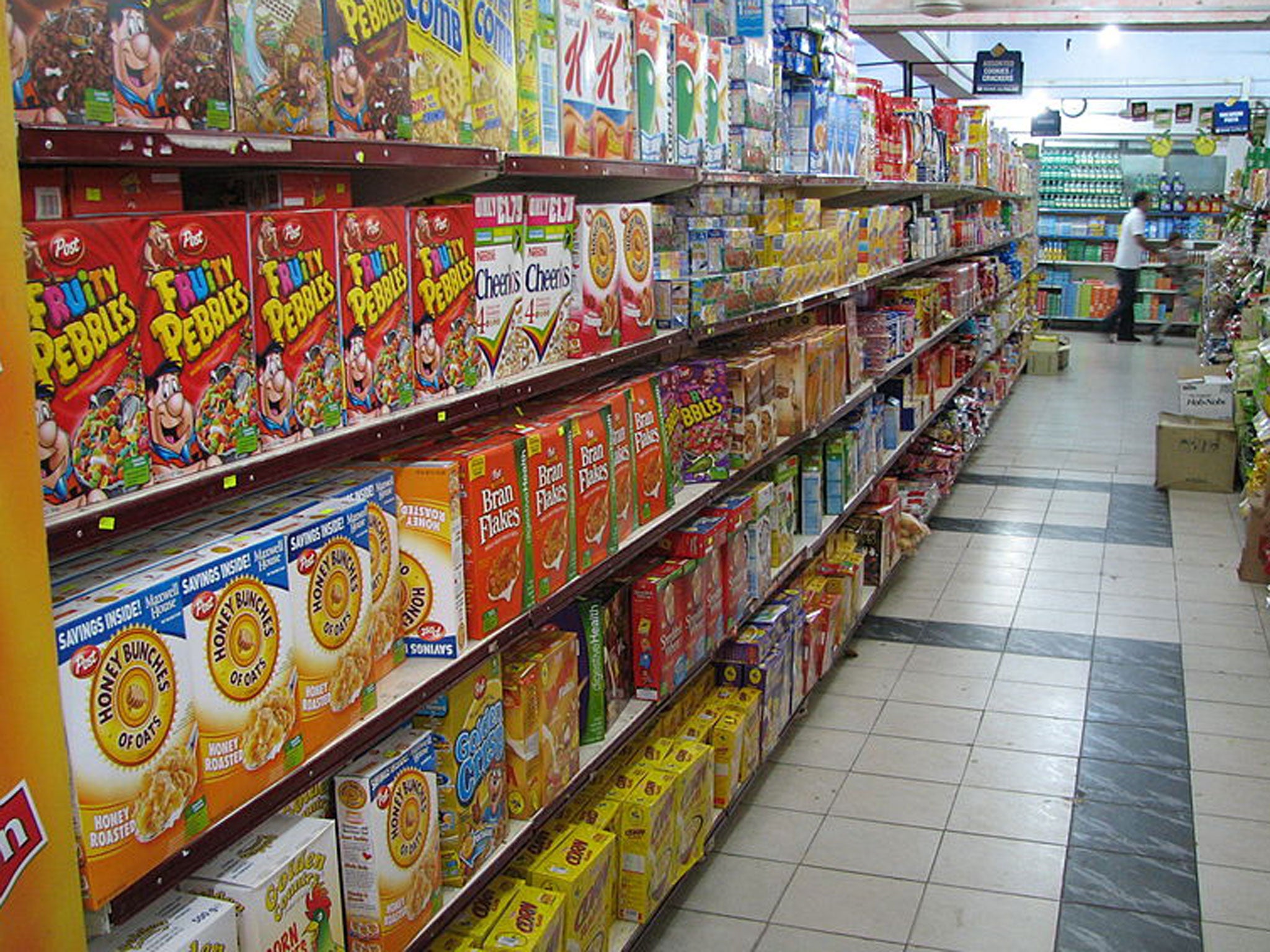Greedflation? What the price of Shreddies tells us about soaring household costs
Inflation is peaking but food giants such as Nestle are complaining about ‘input costs’ – is it justified, asks James Moore


Just how much do you value your Shreddies – the “original”, as maker Nestle declares on the box? Kantar has just published the results from its latest supermarket sweep of the buying habits of its enviably large panel of around 30,000 demographically representative households, together with its survey of food price inflation.
One piece of good news in the trove of data: this is the first measure of food price inflation to show a decline for some time. The figure for the four weeks to 16 April was 17.3 per cent was only marginally below the 17.5 per cent recorded previously. But there have been few enough straws to clutch at of late.
While Kantar’s retail guru Fraser McKevitt is treating the figure with a degree of caution, he does think grocery inflation will soon ease. But food prices are still going to be causing trouble for people on a budget and for some time to come because while the rate at which they are rising is likely to fall, they’ll still be rising.
This brings to the question of the causes of this inflation, and whether one of them is simple greed. A new(ish) word – “greedflation” – has recently started to enter the popular lexicon and perhaps with good reason. It describes companies bumping up prices not because they’re struggling with higher input costs but, rather, to flatter their margins.
This issue was raised by no less than Catherine Mann, an external member of the Bank of England’s rate-setting Monetary Policy Committee, who voiced concerns that consumers have become so used to rapidly rising prices they’re inclined to shrug grimly and take it on the chin when companies squeeze them.
So to Nestle, the world’s biggest global food company, which has just issued a trading update. In it, the company said it had hiked prices by nearly 10 per cent.
That’s a lot less than 17.3 per cent, but remember that is a Nestle-wide figure and it is a global firm. UK inflation is unusually high at the moment. Many countries are enduring somewhat less painful figures. Whichever way you look at it, 10 per cent is still a whopping rise. This is pricing power in action. (Chief executive Mark Schneider describes the increases as “responsible”.)
Those Shreddies provide a fine demonstration of it. Tesco offers an own-brand alternative, the rather less snappily-titled Tesco Malt Wheats Cereal. Yum! A 630g box of Nestle’s original costs an eye-popping £3.95 for a 630g box, a price per 100 grams of 63p. A 750g Box of Tesco Malt Wheats cereal will set you back just 90p, a per 100 grams price of 12p, less than a fifth of the price of Nestle’s branded rival.
Brands demand a premium, we all know that. But a 400 per cent premium? For something you pour milk over and eat for breakfast? That’s almost surreal.
When Tesco can turn a profit at 12p for 100 grams for the same thing, it raises a question: are input costs behind Nestle’s price rises or could it be argued that it is rather a desire to maintain or even increase margins? Mann might just have been on to something.
The differentials between fancy brands and own-label brands are now so stark it’s a wonder anyone except hedge fund managers are paying for brand name breakfasts.
Next stop, Shreddies Gold in association with Cartier? All the malty goodness you love with real gold flakes and maybe the odd blueberry if you’re lucky!



Join our commenting forum
Join thought-provoking conversations, follow other Independent readers and see their replies
Comments